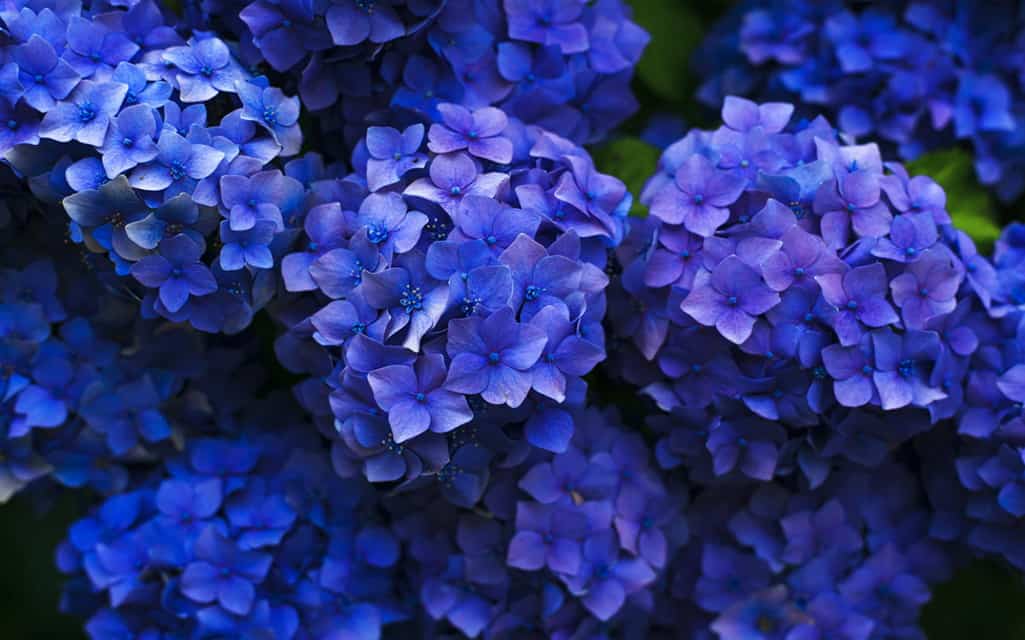One of the most beautiful and stunning flowers out there are Hydrangeas. There is no denying that these flowers are delicate as well. Their eye-catching flowers that come in different colors made Hydrangea famous for most gardeners. Also, most gardeners prefer to grow Hydrangea because of the joy it brings when you successfully grow them to their best potential.
However, these kinds of flowers may need extra care when growing them because there are a lot of threats for them not to bloom, and when that happens, joy turns into sadness. From notorious deers up to the location you plant them, you will need to be extra careful as well. With that said, here are the things you should not do with your Hydrangea.
Not Enough or Too Much Water
Don’t get confused; newly planted Hydrangeas need more water while established ones need less. However, to ensure that your Hydrangeas need water or not, it would be best to get a little dirty. How? Stick your finger under the soil where you plant your Hydrangeas. If it is still wet, it doesn’t need watering. If it is dry, at least 1 inch of water will do.
Not enough water or too much water might not kill your Hydrangeas. However, it will cost your Hydrangeas not to bloom, and you don’t want that to happen, right? So if you live in a tropical area, it’s a good idea to water your Hydrangeas at least thrice a week. To ensure you are on the right path in dealing with problems with your hydrangea, you may check on Gardener’s Path website.
Wrong Location
Planting your Hydrangeas in the wrong location might cost your Hydrangea to die or not to bloom. The wrong location includes planting them in an area where there is full sunlight or too much sun. When Hydrangeas get too much sun, they get stressed and will conserve their energy. Hence, they will not bloom, and you’ll get upset.
You will know that you plant them in the wrong location when their leaves are starting to die. It would be best to plant them in an area where there is partial shade, areas like they’ll get sunlight in the morning and shade in the afternoon. However, do not plant them near or under trees as trees usually suck all the nutrients in their surroundings.
Too Much Fertilizer
You’ll know that there is too much fertilizer when you apply them to your Hydrangeas weekly. So if you are one of those gardeners who practice this, then you might want to change it while you still have time because adding too much nitrogen to the soil will cost your Hydrangea to develop and bloom slowly. Not only that, but it can also kill your Hydrangeas as they can only tolerate a few additions of fertilizers.
One of the best things to do when you add nitrogen fertilizer is to add them in the early stage when planting your Hydrangeas. After that, earlier in the flowering stage, you may add potassium fertilizer again to give these beauties extra energy and extra bloom. However, if you are not sure if your soil needs fertilizer, you may want to opt for soil testing.
Incorrect Pruning
One of the most common mistakes of gardeners is when they prune their Hydrangeas at the wrong time. It’s never a good idea to prune your Hydrangeas during the Fall season because this is when they produce flower buds for the next season. So if you cut them, you’re basically cutting all the blooms. Besides, Hydrangeas don’t need much pruning.
However, it’s a rule of thumb that you prune or remove those dead branches, so all that remains are healthy branches. Also, if you see flowers that dried out, you can remove them. But when you remove them, ensure you pluck the dead flower’s head just above its leaves. In case you are not sure how to prune them, it would be best not to prune them at all.
Left Unattended
Since we’ve mentioned that Hydrangeas are delicate flowers, therefore, they should never be left unattended. Why? Because they’ll become snacks for those hungry deers and rabbits. Besides, any plants you have in your garden, whether deer-resistant or not, it would be best to check on them at least once a day in your vacant time.
In addition, the best way to counter these unwelcome visitors is to build a fence. Of course, you don’t want to harm those animals just because they look for something to eat, right? Besides, punishing those animals has never been a good idea. With that said, build a fence that is at least six feet tall, ensure all the borders are covered, and that deer can’t jump or get inside.
Takeaway
Although Hydrangeas are easy to grow plants, taking care of them is a bit challenging. However, once you’ve followed them correctly, the result would be a blooming garden. With that said, those mentioned above are the common mistakes you encounter when you plant Hydrangeas. But now that you know them, you can plant your Hydrangeas perfectly.



